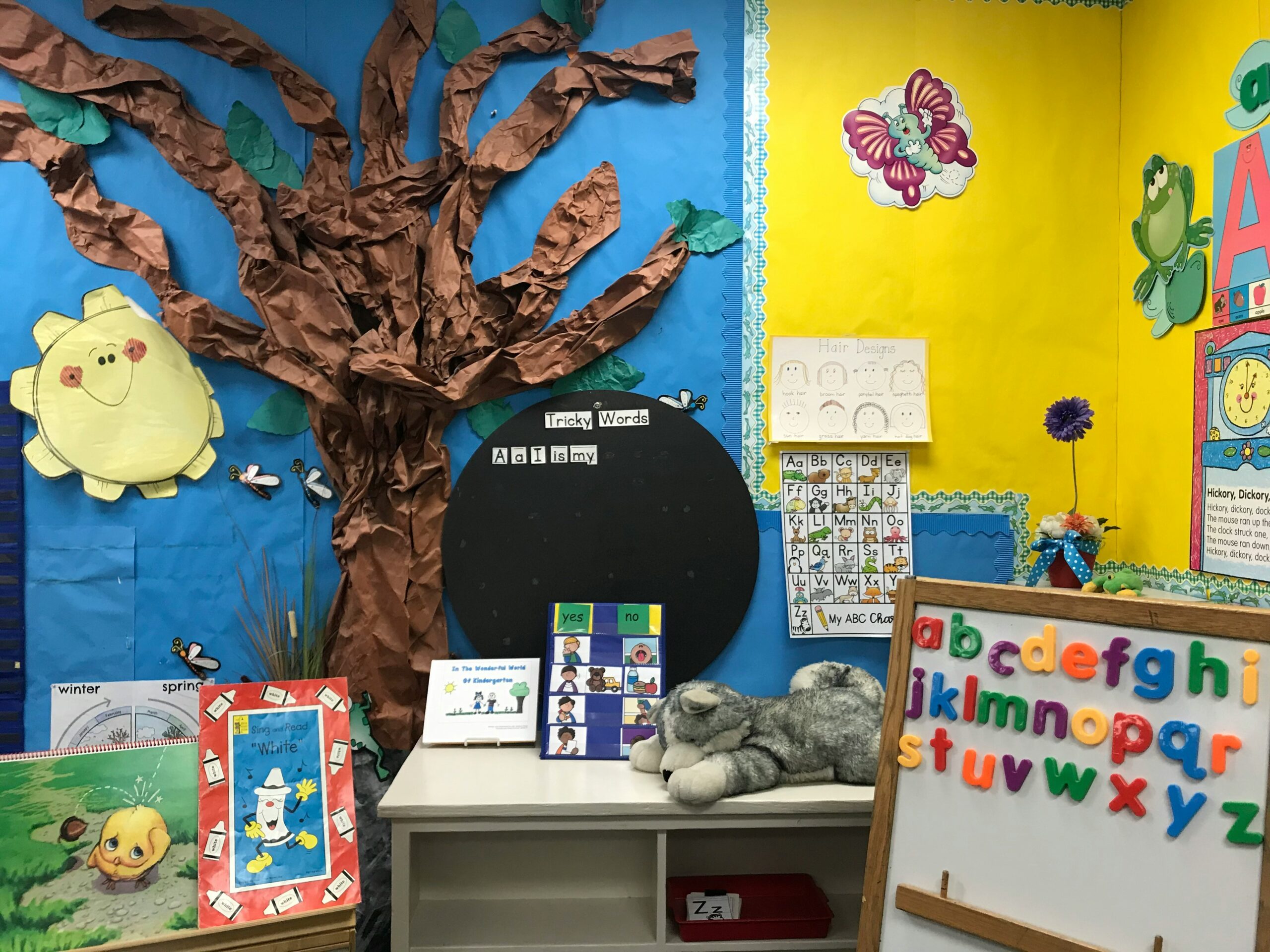By Dr. Michelle Garnett and Professor Tony Attwood
Truly inclusive classrooms are safe places where all students can learn, including students who have suffered and/or are suffering poverty, loss or trauma, students with a disability, or who are from a different culture, and students who are neurodivergent. Being neurodivergent means that the person’s brain is wired slightly differently so that the person learns, perceives, sense, processes and/or relates to others in a different way.
Neurodivergence includes being autistic or ADHD, having a learning disorder such as dyslexia, hyperlexia, dyscalculia or dyspraxia, mental health disorders underpinned by a different neurology, such as Tourette’s Syndrome, OCD, schizophrenia, or a severe depression, or a neurological condition such as epilepsy. A person may be neurodivergent in multiple ways as described, and neurodivergence can lead to disability in certain contexts.
Accepting and affirming neurodiversity can lead to better outcomes for the individual and society as a whole. In this article we share more Tips for creating a neurodivergent inclusive classroom, for the benefit of all students in the classroom. If you missed our Ten Tips article it is here. HYPERLINK
Ten More Tips for Truly Inclusive Classrooms
Focus on Strengths rather than Deficits.
- Know the ability and personality strengths of each student.
- Create a lesson plan for understanding that everyone has different strengths, and projects for discovering what these are for each student. Use resources like Strengths Cards, Positive Personality Checklists, Parent Polls and Personal Reflections.
Create a classroom environment that is comfortable for all sensory systems.
- Disclose a sensory quirk of your own that can impact your learning capacity, for example, certain noises that drive you to distraction or feeling too hot.
- Check with students in your classroom about light type and intensity, visual distractions, temperature, smells, sounds, need to fidget or move, and personal space preferences.
- Model respect for student’s choices, acknowledging that some sensory differences vary from a preference to causing pain.
- Provide Sensory Tools (fidgets) for all students.
- Keep the background visual array if the classroom simple and uncluttered.
Use Clear Communication.
- Providing clear, consistent communication through visual aids, written instructions, and verbal prompts can help all students understand expectations and navigate classroom activities effectively.
- Providing clear, consistent communication through visual aids, written instructions, and verbal prompts can help all students understand expectations and navigate classroom activities effectively.
A Safe and Accepting Social Code.
- Autistic students often struggle with reading and understanding social cues and what people expect. ADHD students may struggle with impulsivity and maintaining attention in social situations. Students who have experienced trauma struggle to trust other people.
- Model respect for all students, knowing that neurodivergent students may struggle to understand and/or attend to the normative social code. Develop the classroom social code with the students, in terms of the bare minimum you expect and why. The ‘why’ may not be obvious to all students.
Support for Executive Functioning.
- ADHD students may require accommodations to support executive functions (EF) such as organization, time management, and task completion, while autistic students may benefit from accommodations that provide structure and predictability in routines and activities, and support or accommodation for transitions between activities.
- Students who have experienced trauma and those with mental health (MH) conditions often have executive functioning difficulties so will also benefit from EF support.
Provide Flexibility in Routines.
- Most students, including Autistic students, thrive with structured routines and some will struggle with unexpected changes. Provide a Visual Daily Schedule, and advance notice for transitions.
- Students with ADHD and students who have experienced trauma or who have MH issues may benefit from accommodations that offer flexibility and accommodate their need for novelty, choice, movement, and breaks.
Aim to Increase Emotional Literacy.
- Emotional literacy includes the skills of understanding different human emotions, what they feel like in our bodies (interoception), the names for the emotions, and possible ways to support oneself or someone else through difficult emotions. These skills form the “foundation stone” for empathy and compassion in your classroom, and in our community.
- As a proactive positive behavioural management strategy, include lessons and practices of interoception (being able to sense body signals) and emotional literacy.
- Create an individualised plan for students who struggle to self-regulate – to prevent and manage meltdowns and shutdowns.
Provide Safe Places to Socialise
- Many neurodiverse students and students with MH problems are easy targets for bullying and peer rejection. Discover common interests within age cohorts and provide Friendship Clubs at lunch time that are open to all students with these activities on offer. Ensure the clubs and structured and well-supervised.
- Many neurodiverse students and students with MH problems are easy targets for bullying and peer rejection. Discover common interests within age cohorts and provide Friendship Clubs at lunch time that are open to all students with these activities on offer. Ensure the clubs and structured and well-supervised.
Involve Students in the Plan for Inclusive Classrooms
- Develop a class plan at the start of each school year with the whole class (in high school within the home or form class) entitled “Leave Noone Behind.”
- Ask each student to contribute their ideas. Allow flexibility in mode of contribution: small group vs individual submissions, and verbal, visual or kinaesthetic expression.
- Schedule Weekly Check-Ins with the class to:
- highlight what is going well
- acknowledge success
- consider what else needs to be done
Create Peer Support Groups for Teachers
- Schedule regular catch-ups between teachers who regularly teach the same students (high school) or school grades (primary school) to share ideas and strategies, as well as to give encouragement and support.
- Start each meeting with a shared story of what went well or ideas and articles from an article or blog.
Where to From Here?
On Monday 29th April we are presenting a full day comprehensive training for educational professionals, Creating Autism and ADHD Inclusive Classrooms. We will be covering strategies for inclusive teaching practices and understanding the needs of our neurodivergent students.




